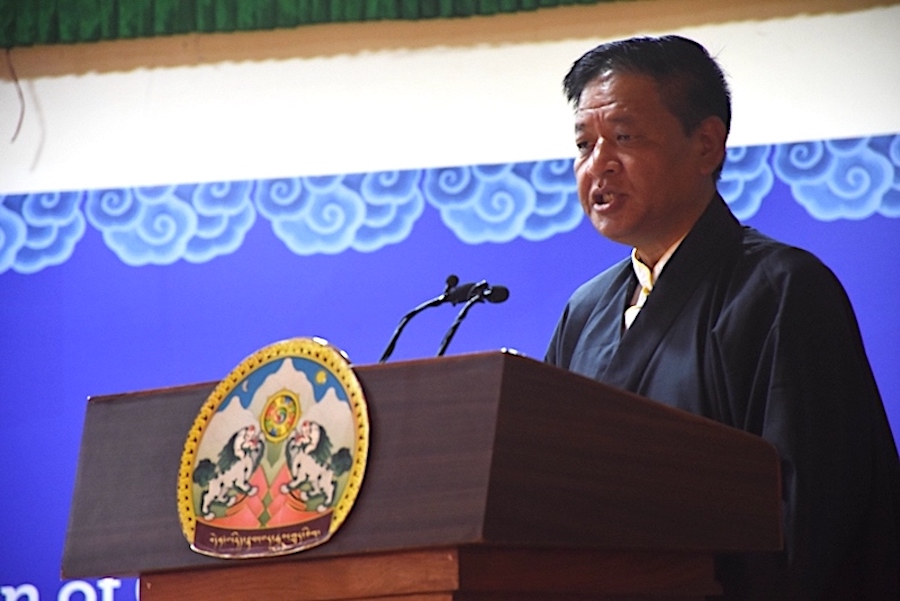 TSETHANG, Tibet, August 23 – Chinese officials in Tibet have voiced doubts that the exiled Dalai Lama would help boost the already thriving tourism industry in the Himalayan region if he were allowed to return.
TSETHANG, Tibet, August 23 – Chinese officials in Tibet have voiced doubts that the exiled Dalai Lama would help boost the already thriving tourism industry in the Himalayan region if he were allowed to return.
Talking to Beijing-based foreign correspondents currently in Tibet for a rare conducted tour, one Chinese official dismissed the suggestion that the Dalai Lama’s return could help the sector.
“As to whether the Dalai Lama can return, I don’t see any link with this as far as tourism is concerned,” said Qiu Lin, head of the tourism bureau in Tibet’s Shannan prefecture.
“The Dalai Lama has not been in Tibet since 1959 and our tourism has continued to increase, especially since the 1980s,” Qiu said.
However, ethnic Tibetan officials here expressed skepticism about Qiu’s statements about the Dalai Lama’s ability to attract visitors.
They indicated that the return of the Dalai Lama would boost tourism from Western nations and attract Tibetan Buddhist pilgrims from across China, especially the provinces of Qinghai, Gansu and Sichuan which incorporate Tibetan areas.
The Dalai Lama fled Tibet following an aborted coup attempt in 1959 and has been seeking greater autonomy for Tibetans from China’s often brutal rule.
Beijing refuses to allow him to return and views him as a “splittist” intent on separating Tibet from China.
A million tourists are expected to arrive in Tibet in 2003, with revenues equalling up to one billion yuan (120 million dollars), according to Qiu, the Shannan tourism official.
This will mark an increase compared with last year, even though the region’s tourism industry also suffered from the outbreak of Severe Acute Respiratory Syndrome.
Some 850,000 visitors flocked to Tibet in 2002, and the region’s tourism revenue for the year was 970 million yuan, according to previously released statistics.
“In the 21st century we have hopes that tourism will grow faster, even in recent years, domestic tourism has grown by 30 percent annually,” Qiu said.
Currently, the majority of visitors come from within China.
Last year, the region recorded 720,000 Chinese visitors, up 29 percent from 2001, while the number of visitors from abroad rose a more modest 2.4 percent to reach 130,000.
Despite the rosy predictions for Tibetan tourism, Shannan prefecture is in the doldrums, Qiu admitted.
This is despite the fact that the area is the birthplace of the revered fifth Dalai Lama — the current Dalai Lama being the 14th in the line — and boasts important shrines.
The prefecture received only 75,000 tourists and pilgrims, including some 9,600 Westerners, in 2002.
Revenues from tourism in 2002 for the prefecture totalled 32 million yuan (3.9 million dollars), or 2.6 percent of Shannan’s GDP, markedly less than in Tibet as a whole.
Tourism has emerged as an increasingly important industry in Tibet, helping raise incomes for the area’s often destitute population.
The sector contributed six percent to Tibet’s economy in the first quarter of 2003, up from 1.5 percent for the same period in 1990.









